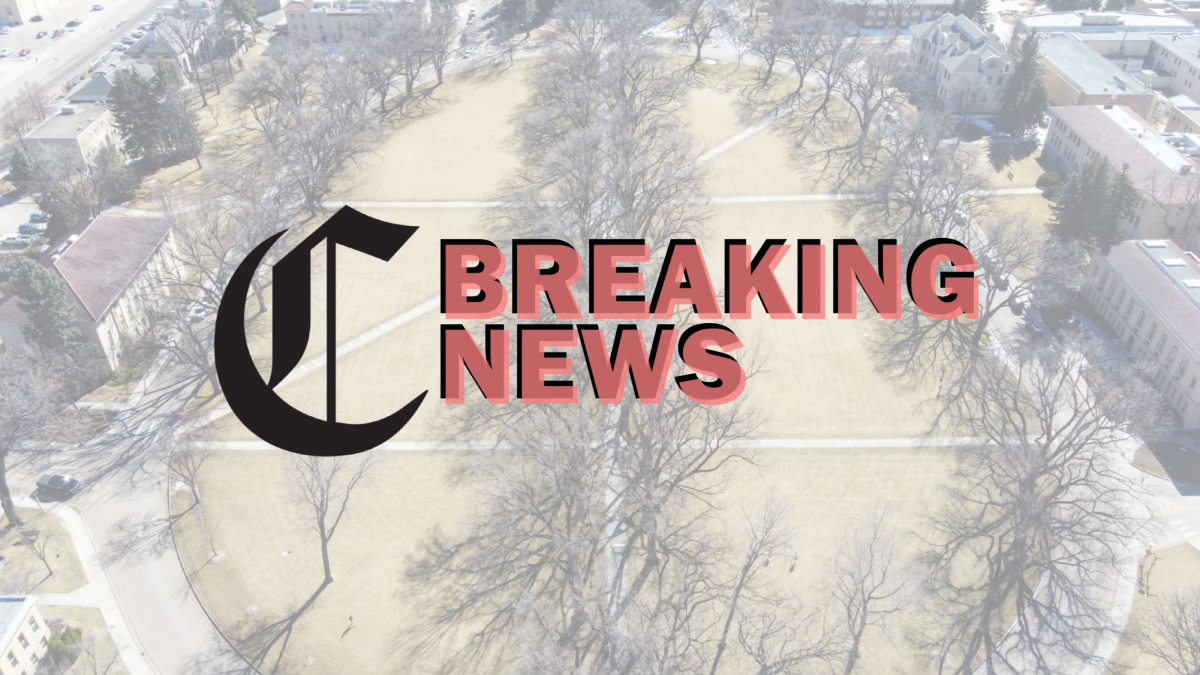In August 2019, Anthony “TJ” Avery, a 19-year-old Colorado State University freshman, was struck by a car and passed away from his injuries.
The jury trial for the woman who was driving the car at the time began Monday.
Day two of the trial saw both the defense and the prosecution call various witnesses, including a surgeon who treated Avery and police officers who investigated the incident.
Michael Metzler, a general surgery specialist who treated Avery’s injuries, testified that Avery was essentially brain dead upon arrival with heavy injuries to both his brain and skull.
“When I first saw him, he was intubated and mechanically ventilated,” Metzler said. “He was not responsive to any stimuli, painful or otherwise.”
The prosecution also called Sean Fitzpatrick, a detective for the CSU Police Department. Fitzpatrick said he arrived at the scene the morning after the accident. Fitzpatrick discussed various witness testimonies, interviews he had conducted or reviewed and photographs taken of the accident.
Fort Collins Police Services officer Drew Jurkofsky testified to his training in accident reconstruction and explained how he had reconstructed the scene using video, witness statements and photographs taken of the scene.
Jurkofsky said the car that struck Avery was most likely traveling at 24 miles per hour, but he was unsure whether the driver had stopped at the stop sign or not.
The defense questioned why Jurkofsky had made the assumption Avery was in the crosswalk at the time of the accident when reconstructing, as several witnesses had been unsure of where Avery had been.
Jurkofksy said he relies more on physical evidence rather than something someone might have seen at a glance. He also said physical evidence did not show that Avery would have been too far from the crosswalk, and that was where someone would naturally be crossing.
Defense witness Michael Miranda, a traffic accident reconstructionist, said that Avery’s location was not marked before he was taken by paramedics.
Miranda said it would not be impossible or even difficult to reconstruct a traffic accident without the proper marking, but it could omit completely accurate readings of the speed the car was going at the time.
Miranda also said it seemed the original scene took too long to secure, and tampering or removal of evidence was possible. Miranda said that, with multiple experienced officers, it should have been secured immediately.
Miranda said an object which was later identified as evidence was picked up by an officer and showed to another officer before it was put back in a place where the first officer believed it had originally been.
The jury trial is expected to continue through Aug. 26.
Ceci Taylor can be reached at news@collegian.com or on Twitter @cecelia_twt.










